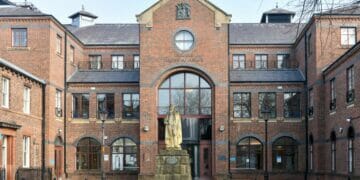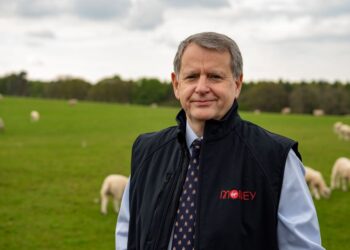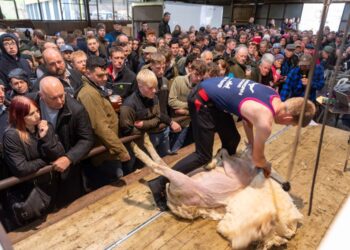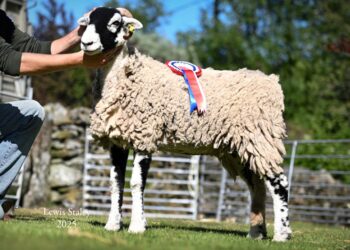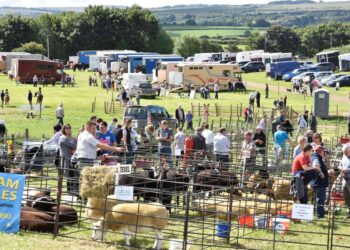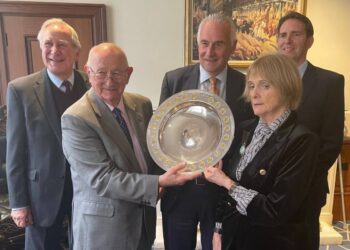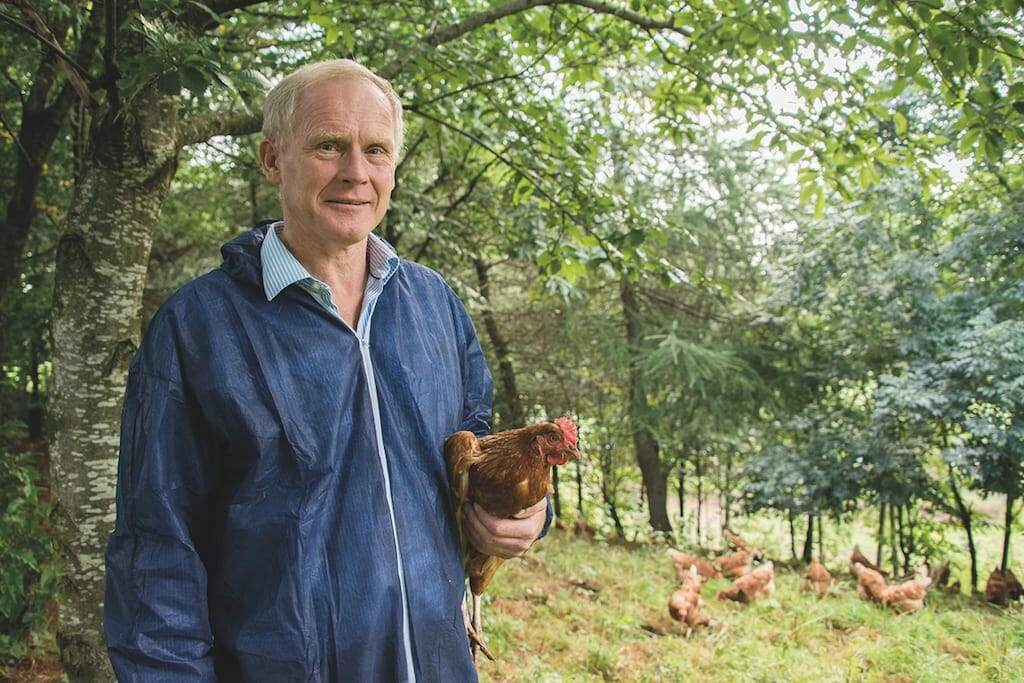
Trees planted on poultry farms in Cumbria are providing biodiversity benefits, new research carried out for the Woodland Trust has demonstrated.
The trees were integrated into ranges owned by or supplying the Stainton-based Lakes Free Range Egg Company to improve the health and welfare of the hens, but they have also become havens for wildlife.
Over the last five years biodiversity surveys have been carried out in spring and summer on nine ranges supplying the company.
Three had established trees on them of more than eight years old, three had trees between four and seven years old and three had only had trees planted in the last two years.
The aim of the research — carried out for the Woodland Trust by Paul Arkle and Seumus Eaves, of Cumbrian Farm Environmental Partnership, with the support of Lakes chief executive David Brass and his wife Helen — was to assess what wildlife used this treed habitat and how farmers could further enhance its value.
Some 59 species of birds were recorded across all ranges, 12 of which are included on the red list of birds of conservation concern, including song thrush, tree sparrow and linnet.
The surveys recorded 102 species of moth, with the highest overall numbers being on the established ranges.
The open tree cover coupled with relatively diverse ground cover vegetation benefits a wide range of species including several threatened species such as grey dagger, sallow and ghost moths.
Bats were recorded on all nine ranges each year, with the most frequently recorded being common and soprano pipistrelle. Foraging activity was greatest where invertebrate prey was most abundant, which corresponded to the areas with extensive tree cover.
Paul Arkle said: “There is no doubt the combination of planted trees and structurally diverse ground cover vegetation creates areas of a woodland edge type habitat on the free range hen ranges which benefits a range of wildlife species including birds, bats and their prey and particularly moths.
“The planting schemes provide valuable foraging sites for birds prior to the autumn migration or to build up energy reserves of overwintering species.
“As there are currently more woodland birds on the endangered list than of any other habitat, the planted ranges may be important in helping to conserve threatened bird species.
“This habitat may become increasingly important for populations of bird species that are shifting northwards in response to climate change, such as blackcap.
Helen Cheshire, lead farming advocate at the Woodland Trust, said: “Trees on farms can improve animal health and welfare, as well as production — both in the quality and quantity of eggs.
“This management practice has led to the development of a premium market for woodland eggs — eggs laid by free ranging hens with access to tree cover — and has been shown to improve a farmer’s income.”
The Woodland Trust can provide tree planting advice and subsidised schemes to help farmers integrate trees and hedgerows into their land. More information is available at www.woodlandtrust.org.uk/largescale or by calling 0330 333 5303.
David Brass said: “We already know the trees that we and our suppliers have planted bring a range of benefits to our farms in terms of poultry welfare and production, and we’ve always had anecdotal evidence of them attracting wildlife, noticing more birds in particular as we are out and about.
“Having clear evidence of just how many species we are attracting, and the role being played in term of tackling climate change, is fantastic.
‘It is a pleasure and privilege to be able to plant trees, improving hen welfare and profitability whilst creating much needed habitat for wildlife.”
Evidence from the research will now be utilised in a new project, Ammonia Reductions From Trees, the aim of which is to provide evidence that tree planting can reduce ammonia emissions from farming.






